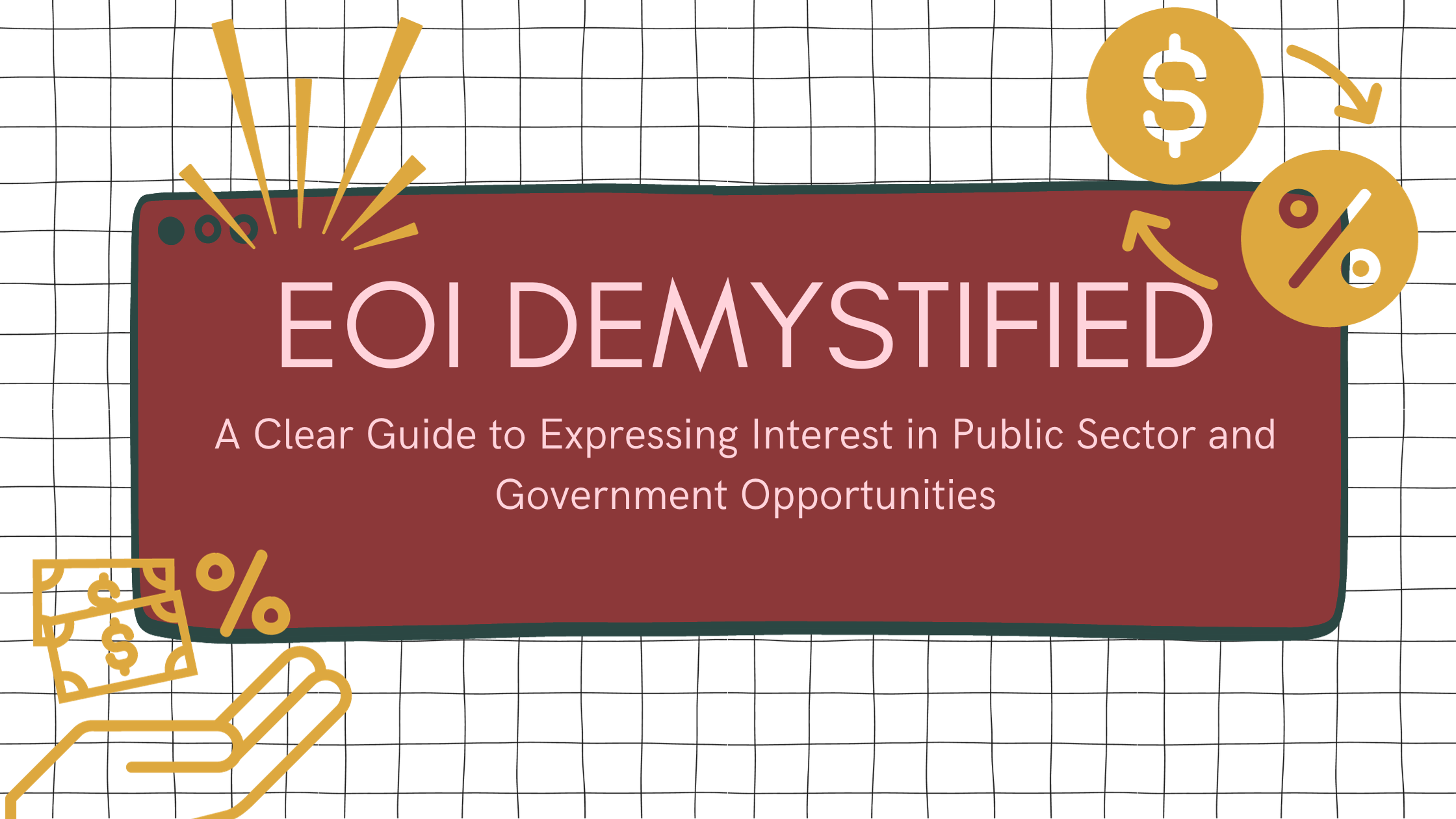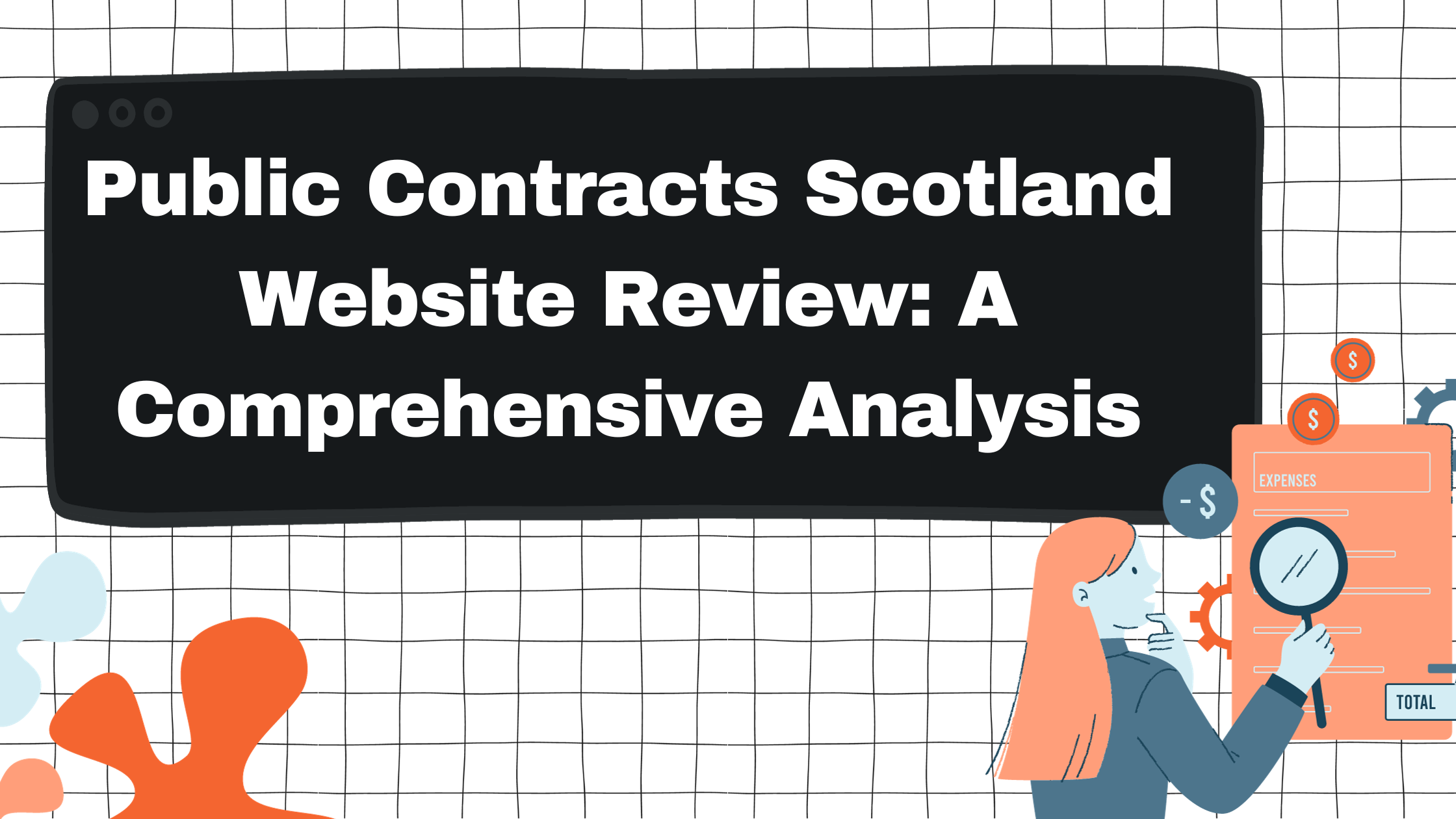Proposal and RFP Writing Services: Streamlining Your Tender Responses

Need Help with Your Bid?
Get in touch by filling out the form and one of our advisors will be in contact.
Contact Us
In today’s fast-paced business world, managing Request for Proposal (RFP) processes manually can be a daunting task. RFP automation software streamlines these processes, saving time and reducing errors. With features such as autofill and rule-based scoring, teams can quickly evaluate numerous proposals with greater accuracy, transforming how enterprises handle their RFP operations.

Proposal automation software not only improves efficiency but also ensures consistency across all submissions. This is crucial for procurement teams and sales teams aiming for higher success rates. By integrating with existing CRMs, the software automates content management, project tracking, and decision-making, significantly enhancing the workflow.
Choosing the right RFP automation software involves evaluating various factors including user ratings, features, and pricing. Tools like Proposify and Loopio offer specialized capabilities that cater to different business needs. Ensuring that the software meets your organization's specific needs will ultimately drive better results and more efficient operations.
Key Takeaways
- RFP automation software streamlines proposal management.
- Automation improves consistency and accuracy in evaluating proposals.
- Selecting the right tool involves comparing features and pricing.
Understanding RFP Automation
RFP automation is transformative for organizations handling numerous Requests for Proposals (RFPs), Requests for Information (RFIs), Due Diligence Questionnaires (DDQs), and Requests for Quotations (RFQs). By leveraging automation tools and Artificial Intelligence (AI), businesses can enhance efficiency and improve their chances of winning more deals.
What is RFP Automation?
RFP automation involves using software to complete tasks required to develop, manage, and respond to RFPs. These systems utilize AI and automation tools to streamline the process. Traditional RFP processes are manual and time-consuming, whereas automation software can store, manage, and evaluate responses in a more efficient manner. Companies often find this helpful for Proposal Management, ensuring consistency and speed. RFPs, RFIs, DDQs, and RFQs alike benefit from automation by reducing human error and saving valuable time.
Benefits of Automation in the RFP Process
RFP automation offers several advantages. First and foremost, it saves time. Automating responses reduces the manual effort involved in data entry and review, allowing teams to focus on crafting tailored content. This results in greater efficiency.
Automation also increases consistency by using predefined templates and AI-driven content suggestions. This ensures all necessary points are covered uniformly. Furthermore, improved efficiency and consistency often lead to better proposal quality, helping us win more deals. Finally, by reducing the burden of manual tasks, teams can handle a higher volume of RFPs, RFIs, and RFQs simultaneously.
For more details, see how Loopio’s automated RFP response software helps teams meet deadlines and improve results.
Critical Components of RFP Automation Software
To understand the value of RFP automation software, we must focus on key components like templates, integration features, and security measures. These components enable efficient RFP management, enhance team collaboration, and ensure compliance with industry standards.
Templates and Content Management
Our RFP automation software excels with customizable templates and a robust content management system. Templates save time by providing a pre-set format for RFPs, reducing the need for repetitive data entry.
Content libraries act as a single source of truth, housing pre-approved responses. This ensures consistency and accuracy in our proposals. Tools like Loopio offer features that auto-fill answers based on past responses, making the proposal process faster and reducing errors.
Integration and Collaboration
Integration capabilities are vital for effective use of RFP automation software. By integrating with other tools we use, such as CRM systems and document management platforms, we can streamline the procurement process.
Advanced integrations also enable seamless team collaboration. For instance, RFP Plus helps invite vendors and evaluate proposals within the same platform. Tools like these enhance our strategic sourcing efforts, allowing us to manage vendor responses efficiently and make more informed decisions.
Security and Compliance Features
Security is a non-negotiable aspect of RFP automation software. We need robust security measures to protect sensitive information and ensure compliance with industry standards. Features like digital signatures and encryption are essential.
Moreover, the ability to manage security questionnaires and adhere to terms and conditions helps us maintain compliance. Software such as RFP360 offers built-in compliance checks that reduce the risk of overlooking critical legal requirements. This makes our RFP process not only efficient but also secure and compliant.
Evaluating and Choosing the Right Solution
Selecting the right RFP automation software can streamline our procurement timeline and enhance the efficiency of our review process. Understanding key factors and available support services is crucial for making an informed decision.
Key Considerations for Selecting RFP Software
When evaluating RFP software, we need to consider multiple factors to ensure it meets our needs. Proposal automation is essential for speeding up the creation and evaluation of RFPs. Tools with automation features like autofill and rule-based scoring can drastically reduce time spent on proposals.
Another important aspect is vendor management. We should look for solutions that allow easy tracking and engagement with vendors. Features that help us manage vendor communications can improve the organization and efficiency of the entire process.
Assessing the technology used in the software is important too. The platform should be robust, secure, and scalable. A good RFP software will offer integration capabilities with other tools we use, such as CRM and project management software. This ensures seamless data flow and better coordination among teams.
Lastly, we must evaluate the potential ROI (Return on Investment) from the software. This involves looking at both short-term benefits, like reduced time spent on RFPs, and long-term gains, such as improved decision-making and strategic sourcing.
Implementation and Support Services
Smooth implementation and strong support services are vital for maximizing the benefits of any RFP software. We should choose providers that offer comprehensive implementation support, including training sessions and detailed documentation. This helps our team get up to speed quickly and minimizes any disruption during the transition period.
Ongoing support services are equally important. It's beneficial to opt for vendors that provide 24/7 customer support, whether through chat, phone, or email. Reliable support ensures that any issues we encounter can be resolved promptly, minimizing downtime and keeping our operations running smoothly.
Additionally, we should consider the availability of regular updates and maintenance. The best providers will continuously improve their software, adding new features and addressing any vulnerabilities. This keeps the software up-to-date and aligned with our evolving needs.
By focusing on these elements, we can ensure that the RFP software not only meets our current requirements but also supports our growth and changing needs over time.
Advancing RFP Operations with Automation
RFP automation software revolutionizes the way procurement and sourcing processes are conducted. By implementing features like automated workflows and progress tracking, companies of all sizes, including SMEs, can optimize their procurement cycle and gain strategic advantages in competitive sourcing.
Optimizing the Procurement Cycle
Automated workflows enable our procurement teams to handle repetitive tasks efficiently. By automating tasks like sending out requests for information and issuing RFPs, we save valuable time and resources. This allows us to focus more on strategic activities rather than mundane tasks.
Incorporating progress tracking helps us monitor each stage of the RFP process in real-time. Whether it’s tracking responses or following up with suppliers, the transparency and accountability provided by these tools enhance our overall efficiency.
A notable benefit is the use of weighted scoring during proposal evaluation. This ensures objective decision-making based on predetermined criteria, reducing biases and improving selection quality.
Platform integrations, including those provided by Loopio, streamline our RFP management, connecting seamlessly with other systems like contract management and supply chain platforms.
Strategic Advantages in Competitive Sourcing
By adopting RFP automation, we gain significant strategic advantages. The increased speed and accuracy of automated systems improve our ability to win more deals by allowing us to respond to RFPs more quickly and effectively.
The use of strategic sourcing tools means we can better identify and engage with premium vendors who offer the best value. These tools help us evaluate potential suppliers using robust criteria, ensuring we make decisions that align with our organizational goals.
Furthermore, the data collected through RFP automation provides valuable insights into our procurement strategies. We can identify trends, recognize areas for improvement, and make data-driven decisions to enhance our processes. This is particularly beneficial for SMEs and larger organizations aiming to stay competitive in the market.
Incorporating these advanced techniques ensures that our procurement operations are not only efficient but also strategically aligned to meet our objectives.
Frequently Asked Questions
In this section, we address common queries about RFP automation software. These include features to look for, the benefits for businesses, differences between software choices, and considerations for small businesses.
What are the key features to look for in RFP automation software?
When selecting RFP automation software, we should consider tools that offer smart libraries. These can auto-detect and auto-fill answers using past responses. Features like real-time collaboration and version control are essential to streamline the proposal process.
How can RFP automation software improve the response process for businesses?
RFP automation software drastically reduces the time spent on creating, editing, and reviewing proposals. This time efficiency translates to faster decision-making. It also enhances collaboration between teams regardless of their physical location, increasing overall productivity.
What are the differences between various RFP management software available in the market?
Different RFP management software options vary in features and user experience. For example, some focus more on smart libraries and auto-fill capabilities while others emphasize collaboration and vendor evaluation. Evaluating each software based on these factors can help us choose the best fit for our needs.
Can small businesses benefit from RFP software, and if so, how?
Yes, small businesses can greatly benefit from RFP software. It saves time by automating repetitive tasks and improves proposal accuracy. By streamlining the proposal process, small businesses can respond to more opportunities more efficiently, thus increasing their chances of winning bids.
What criteria should be used to evaluate the effectiveness of RFP automation tools?
To evaluate the effectiveness of RFP automation tools, we should consider criteria like ease of use, the accuracy of auto-filled responses, and the quality of collaboration features. Additionally, the software's ability to provide insightful analytics and reports can significantly impact our decision.
Are there any free RFP automation software options that offer robust features?
There are free RFP automation software options available, but features might be limited compared to paid versions. While some free tools offer basic functionalities, for more robust features such as smart libraries and advanced collaboration tools, investing in a paid solution could be worthwhile.
Ready to start your search?
Get in touch by filling out the form to the right and one of our advisors will curate a personalised selection for you.
Get in touchBlogs. Guides. Helpful advice.

Mastering Proposal and RFP Writing for Government and Public Sector Opportunities

Proposal and RFP Writing Services: Enhancing Public Sector Tender Outcomes

.svg)